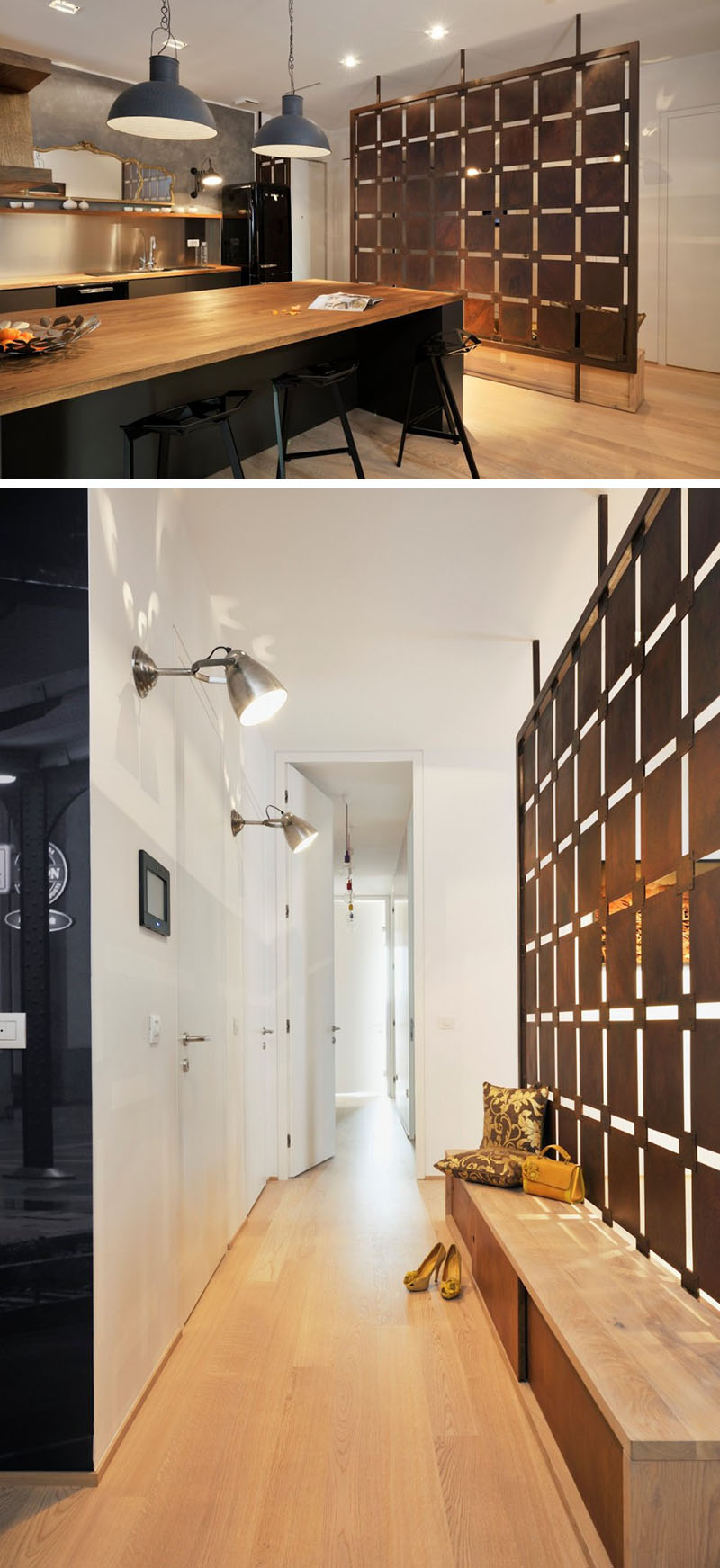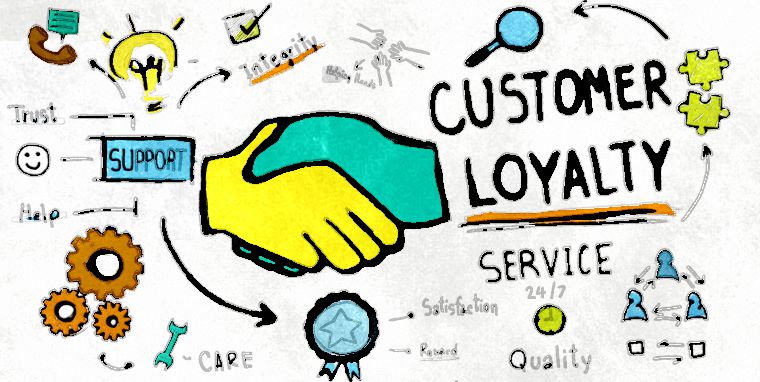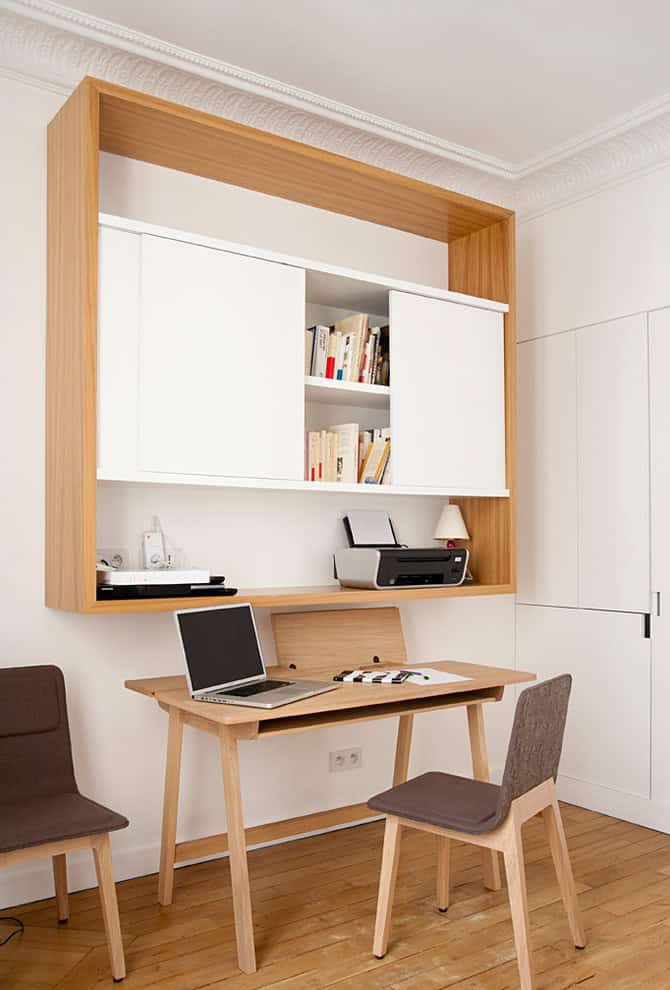Table of Content
The first step in computing expenses is to determine the square footage of the workplace and divide that by the total square footage of the home. In addition to being self-employed, you’ll need to meet several other Internal Revenue Service requirements to be eligible for the home office tax deduction. You can’t deduct depreciation for the part of your home used for qualified home business use if you use the simplified deduction method. However, you can still claim depreciation on other assets used for your business if you use the actual expenses method. Partners in partnership businesses may be able to deduct business use of home expenses if the partnership doesn’t reimburse them for these expenses. The total from each partner’s calculations goes on these three tax forms schedules E, SE, and K-1.
To qualify for this exception, your home must be the principal location of your business. Now that many of us are working remotely, you may be wondering whether working from home will yield any tax breaks. If your small business qualifies you for a home office tax deduction, should you be concerned about triggering an audit? This article will delve into the most common questions about this tax deduction. A. For taxable years in which the simplified method is used, the depreciation deduction allowable for the portion of the home used in a qualified business use is deemed to be zero. Accordingly, you do not have to recapture any depreciation for taxable years in which you used the simplified method.
Who can deduct a home office?
Doesn't include any part of the taxpayer's property used exclusively as a hotel, motel, inn or similar business. The expenses you incur as you set up your LLC are tax-deductible, though you need to know important limits, exceptions, and rules to legally deduct these costs. The simplified method is very straightforward and requires little calculation or substantiation. If you are self-employed and run a business from your home, you are likely eligible to claim a deduction for expenses related to the business use of your home.

Using the number of rooms method, you can deduct 12.5 percent (1/8) of your indirect expenses. The maximum tax refund you can get is largely dependent on your individual income and filing status. Generally, the more money you make and the more deductions you take, the higher your refund amount will be. Additionally, tax credits and deductions can significantly increase your refund amount.
What if I have a home office and work for someone else?
Total deduction is limited to business use of home minus business expenses. To claim the deduction, an area of your home has to be designated as your principal place of business, and—the clincher—used exclusively for work. Everything in that designated space needs to be only for work purposes. It takes more than a personal computer to classify your spare bedroom as a home office. If you want to avoid a very unpleasant audit, you must understand the home office deduction rules, and you must apply them correctly to properly claim your deduction.
You can’t carry over losses from the prior year in which you used an actual-expenses deduction. While employees who now work remotely may feel like they're missing out, the home-office deduction isn't generally leading to outsized savings for those who take it. Because of this calculation, people with larger homes may not get as much using this method, said Adam Markowitz, an enrolled agent and vice president at Howard L Markowitz PA, CPA in Leesburg, Florida. You can switch methods year to year and should try to calculate both to see which will yield a larger deduction. You don't have to be a homeowner to claim the deduction — apartments are eligible, as are mobile homes, boats or other similar properties, according to the IRS.
Regular Method
The home business space to use for calculations is 22% of the home space. To do this calculation, multiply the square footage of your home office by $5. There are qualifications and limits for this deduction, so getting help from a licensed tax professional is an important first step to adding this deduction to your business tax return.

Information provided on Forbes Advisor is for educational purposes only. Your financial situation is unique and the products and services we review may not be right for your circumstances. We do not offer financial advice, advisory or brokerage services, nor do we recommend or advise individuals or to buy or sell particular stocks or securities. Performance information may have changed since the time of publication. Allen adds this allows the employer the ability to deduct the reimbursement as business expenses, which may further incentivize them to recompense you.
To reimburse yourself for the expense, cut a check from the business account and deposit it into your personal account. Attach a copy of the check/transaction to the expense form as documentation that these were paid. To do that, you compare the number of hours the child care business is operated, including preparation and cleanup time, to the total number of hours in the year .

If your home office is in a separate, unattached structure — a detached garage converted into an office, for example — you don't have to meet the principal-place-of-business or the deal-with-clients test. As long as you pass the exclusive- and regular-use tests, you can qualify for home business write-offs. • If you care for children in a portion of your home, using that part of the house for personal activities the rest of the time typically allows you to still claim the business deduction.
Under the Regular Method, you first calculate the percentage of the home that is used for qualified business purposes. For instance, if your office is 15 by 20 feet, for a total of 300 square feet, and your home is 2,000 square feet, then 15 percent of your home is used for business. One of the benefits of running your own small, home-based business is the possibility of paying less tax by expensing the use of your office space.

Whether you're self-employed or a partner, you may be able to deduct certain expenses for the part of your home that you use for business. If you own your home, you can also depreciate the portion of your home you use for business based on the business-use percentage. Multiply the cost of your home, not including land, by your business-use percentage. You can depreciate the business-use portion of your home over 39 years (31.5 years if you started to use your home for business before May 13, 1993). If you work as an employee and for yourself, your home office can only support your self-employment and not your job as an employee in order to be deductible.
The business must have applied for, been granted, or be exempt from having a license, certification, registration, or approval as a daycare center or as a family or group daycare home under state law. There are some instances where you do not need to meet the exclusive use requirement. For example, if you use part of your home to store inventory or product samples or use it for a daycare facility, you do not need to meet this requirement.

No comments:
Post a Comment